Big impacts for upland conservation are on the line
By the PF & QF Government Affairs Team
With the 118th Congress now in session, the attention of many in Washington, D.C. and around the country turns to the 2023 Farm Bill.
Reauthorized every five years, the current Farm Bill runs through this September, meaning Congress must pass, and the President must sign, a new bill that will guide agriculture, nutrition, conservation and forestry policy for the next five years.
Pheasants Forever and Quail Forever has long played a key role in shaping Farm Bill conservation programs and policies, and the 2023 Farm Bill will be no different. Our volunteers, members, staff and partners work hand-in-hand with America’s farmers, ranchers and landowners to implement conservation projects on private lands, guiding them through the process and helping them identify how conservation fits into their operation and can increase their bottom line.
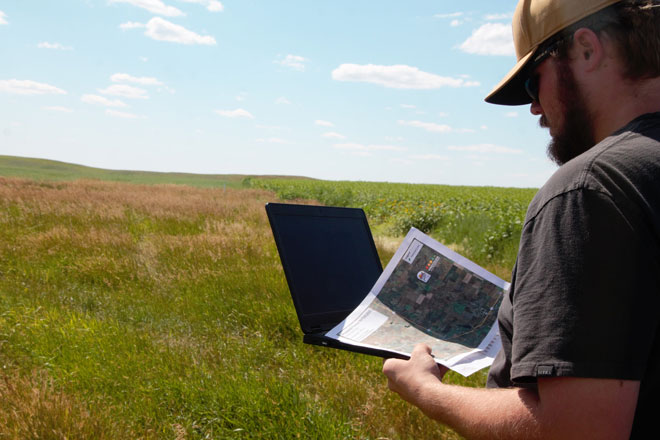 Our volunteers, members, staff and partners work hand-in-hand with America’s farmers, ranchers and landowners to implement conservation projects on private lands.
Our volunteers, members, staff and partners work hand-in-hand with America’s farmers, ranchers and landowners to implement conservation projects on private lands.
This extensive, first-hand experience has driven PF & QF’S policy work on the Farm Bill for decades and informs our 2023 Farm Bill Priorities.
While preparations have been happening since last year, Congress is now the midst of the formal process to draft, negotiate and ultimately pass a new Farm Bill. The House and Senate Agriculture Committees are currently holding hearings and listening sessions across the country to gather feedback and input on stakeholder priorities.
PF & QF will continue to engage in this process, with a particular focus on the following programs and issues.
Funding
The Farm Bill’s conservation title is the single largest source of conservation funding for private lands in the United States. The Farm Bill includes a wide range of programs and tools for advancing voluntary conservation on and around agricultural operations. These funds are an essential part of the economic and ecological safety net for rural communities across the country.
It is critical that the 2023 Farm Bill protects and maintains the investments made by Congress in conservation programs to ensure farmers, ranchers and landowners have access to the financial and technical assistance they need to implement conservation practices on their land.
In addition to funding, with each Farm Bill we have the opportunity to improve how programs are structured and delivered so that each dollar spent has the greatest impact possible. PF & QF have identified a number of areas where we see these opportunities, with a particular focus on three priority programs.
Conservation Reserve Program (CRP)
With 23 million acres enrolled at the end of 2022, the Conservation Reserve Program is in critical need of program changes to meet the conservation goals of America’s farmers, ranchers and landowners.
The recently announced general signup was welcome news for upland hunters and rural communities. But more is needed to strengthen the program. By fairly compensating landowners through competitive rental rates, cost-share, and adequate incentives to establish these voluntary practices and supporting sustainable grazing as a tool for management and economic use of the cover, we can boost CRP enrollment and productivity.
To learn more about how the Conservation Reserve Program operates, check out our CRP 101 blog.
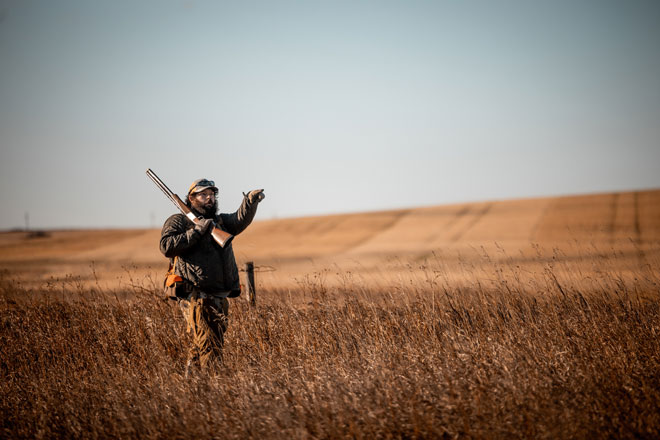 The Conservation Reserve Program is in critical need of program changes to meet the conservation goals of America’s farmers, ranchers and landowners
The Conservation Reserve Program is in critical need of program changes to meet the conservation goals of America’s farmers, ranchers and landowners
These changes, many of which are proposed in the CRP Improvement Act, will allow CRP to continue providing the environmental and economic benefits that have made it one of the most successful conservation programs in our nation’s history.
Voluntary Public Access and Habitat Incentive Program (VPA-HIP)
When it comes time to take to the field in the fall, upland hunters know how important access to land is. For many, that access is often available on walk-in areas enrolled in state wildlife agency access programs. Much of the funding for those programs comes from VPA-HIP.
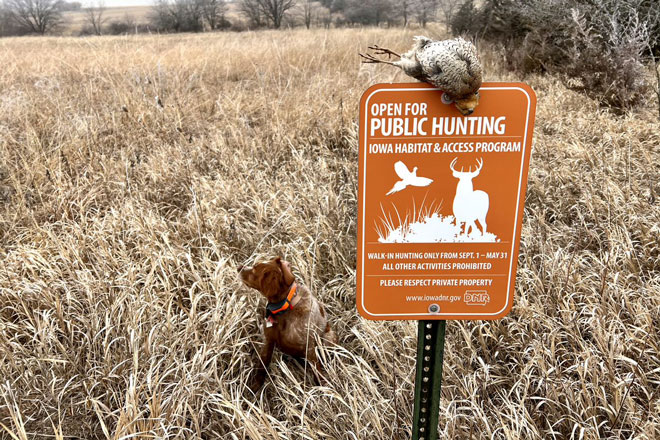 Since 2008, VPA-HIP has invested $140 million in more than 30 states, increasing access and recreational opportunities on over 2 million acres.
Since 2008, VPA-HIP has invested $140 million in more than 30 states, increasing access and recreational opportunities on over 2 million acres.
Since 2008, VPA-HIP has invested $140 million in more than 30 states, increasing access and recreational opportunities on over 2 million acres. Studies have shown that the economic benefits of the program far outweigh the federal investment. We are working with our conservation partners to urge Congress to provide $150 million for this hugely successful program in the next Farm Bill. That level of funding would meet the significant demand from state agencies, landowners, and those who depend on public access for hunting, fishing and other wildlife-dependent recreation.
Environmental Quality Incentives Program (EQIP) and Conservation Stewardship Program (CSP)
When it comes to our work on quail habitat, as well as forestland and rangeland conservation across the country, much of those efforts are made possible through EQIP and CSP. These programs provide assistance to producers for installing and implementing conservation practices on or around land in active agricultural production.
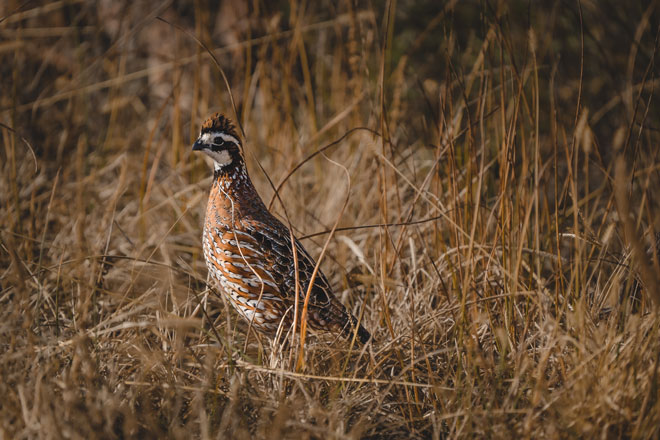 Through our partnership with NRCS through Working Lands for Wildlife (WLFW), PF & QF will help deliver more than 7 million acres of new conservation practices across 25 states.
Through our partnership with NRCS through Working Lands for Wildlife (WLFW), PF & QF will help deliver more than 7 million acres of new conservation practices across 25 states.
With over $2 billion in annual funding, EQIP is the largest conservation program administered by the Natural Resources Conservation Service (NRCS). At least 10 percent of EQIP funding must be used for wildlife conservation practices. Through our partnership with NRCS through Working Lands for Wildlife (WLFW), PF & QF will help deliver more than 7 million acres of new conservation practices across 25 states in a five-year span, thanks in large part to the resources these programs provide.
A Full Toolbox
In addition to these three programs, PF & QF will also be working to improve other critical programs in the Farm Bill’s conservation title.
We see significant potential within the Agricultural Conservation Easement Program (ACEP), in particular the opportunity to expand the availability of the Grasslands of Special Significance component of ACEP, which offers an enhanced federal investment for easements on high-priority working grasslands.
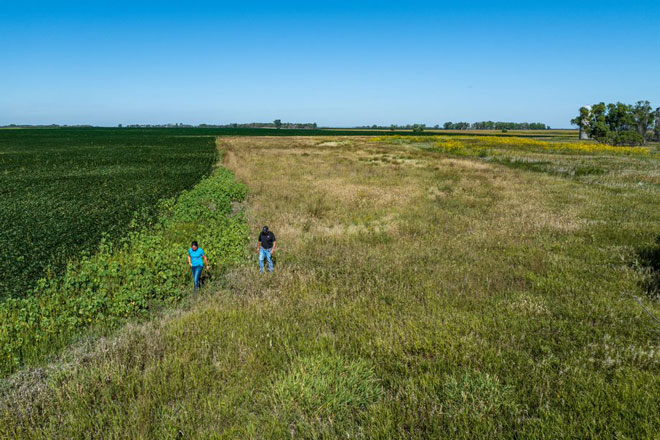 We see significant potential within the Agricultural Conservation Easement Program (ACEP).
We see significant potential within the Agricultural Conservation Easement Program (ACEP).
We will also continue to support the Regional Conservation Partnership Program (RCPP), and look for ways to increase flexibility and lower the barrier to entry for partners; that would unlock the full potential of public-private partnerships through the program.
Conclusion
The Farm Bill is the most important and wide-ranging piece of legislation Congress will consider this year. It is going to be an all-hands-on-deck effort to make sure we get a strong, bipartisan bill passed on time.
That’s where you come in. Stay tuned for more from the Pheasants Forever and Quail Forever Government Affairs team on how you can help fight for a strong conservation title that works for producers, landowners, hunters and rural communities.
Click here to read more about PF & QF’s 2023 Farm Bill priorities.